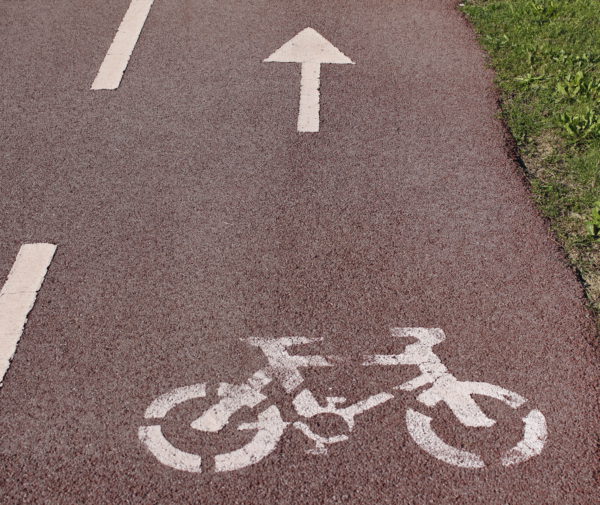The ” Camino de Santiago”

In the Basque Country there are the most northern greenpaths of the Peninsula, with kilometers adapted for cycling through old railway lines. The itineraries run among green valleys and narrow passes, sourronded with oak forests , beech and other native tree species. The Basque Coast is dotted with small fishing villages, with picturesque and colorful houses, old dwellings of people who were dedicated to the art of fishing. Also in the peculiar coastal landscape there are unique examples of geological formations such as the Zumaia Flysch.
Places with a totally different landscape and climate to the north, we will find ourselves inland areas, with places such as Rioja Alavesa, where we find ancient towns that are depositories of the legends and myths of the “Camino de Santiago”. All the “Caminos” reach the capital of Santiago de Compostela, but the main route of all of them is the so-called “ Camino francés”, which runs through these lands of Rioja-Alava on its pilgrimage route. But we also find other roads to Santiago in the geography of the Basque Country. Every year more pilgrims frequent and walk the “Camino del Norte” where an important part of its route runs along the Basque coastline. The more cooler temperature during the summer months, the drier roads and paths than other seasons, are part of the reasons why an increase of pilgrims travel it every summer, unlike the ” Camino francés” where the rigors of heat summer is more uncomfortable
One of the main attractions of the Camino del Norte route is a gastronomy based on traditional and authentic dishes and recipes, with fish as the base of high quality raw material. Great care is taken in preparing both in menu format or in the famous “pintxo”, which are displayed on the counters of the bars and restaurants that line the main and historic central streets of the towns of the Basque geography.